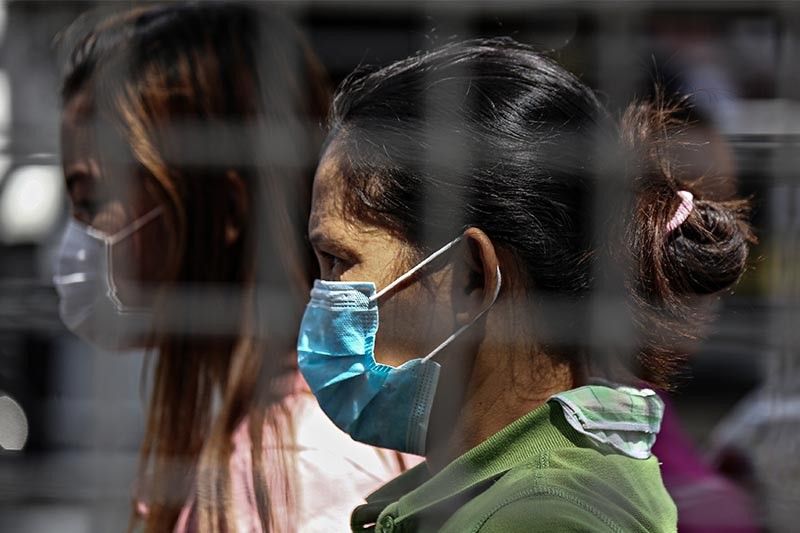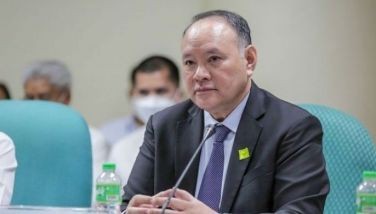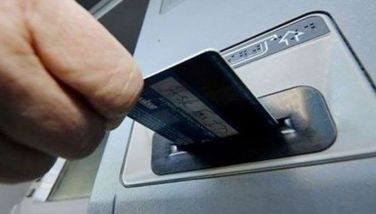'Is it a lockdown or a community quarantine?' Your questions about latest move vs COVID-19 answered

MANILA, Philippines — In an address to the nation, President Rodrigo Duterte on Thursday night announced that he is placing Metro Manila’s 13 million people under “community quarantine” in a bid to contain the new coronavirus that has so far claimed five lives in the country.
The lockdown will restrict domestic travel in and out of the capital region from March 15 to April 14. This measure will be reviewed on a daily—it may be lifted earlier or extended further.
Duterte’s announcement of a far-reaching measure left the public with more questions than answers.
Here’s what you need to know about the month-long Metro Manila lockdown.
-
What happens once the community quarantine begins?
Domestic sea, air and land travel in and out of Metro Manila will be prohibited to “slow down” the spread of the virus that causes the coronavirus disease-2019 (COVID-19).
Planned or spontaneous mass gatherings are strictly prohibited during the quarantine. These may cover events like concerts, large seminars, sporting events and social gatherings.
Schools across the capital will be also closed but students are told to fulfil their educational requirements even if formal classes are no longer held.
Private companies are encouraged to adopt “work from home” arrangements.
-
What means of transportation are available during the month-long lockdown?
Mass transportation within Metro Manila such as the Light Rail Transit systems, Metro Rail Transit and the Philippine National Railways will still ferry commuters although the Department of Transportation was instructed to ensure that social distancing guidelines are followed.
-
How about those who work in Metro Manila but live outside the capital region?
Many expressed concern that the lockdown would impact the millions of workers who commute to the Metro daily. According to some estimates, Metro Manila’s population balloons to 14 million at day time when workers from neighboring areas such as Bulacan, Cavite, Laguna and Rizal, travel to NCR for work.
Workers from nearby provinces will still be permitted to enter Metro Manila as long as they present their company IDs or proof of employment, Interior Secretary Eduardo Año said in an interview on dzMM.
That said, both Año and Trade Secretary Ramon Lopez encouraged private companies to implement a “flexible” work schedule or adopt a “work from home” scheme.
Lopez even went on to suggest that workers from the provinces should just “find a place” to live or rent in the area while the quarantine is in effect.
-
Can sick people from the provinces seek medical help or treatment in Metro Manila hospitals?
Patients needing medical treatment in the capital region will have to present medical certificates to be allowed.
“As much as possible kung kaya naman nilang magpagamot sa kanilang probinsya at meron namang facilities, we will try to limit them sa kanilang probinsya. Pero kung talagang ‘yung special care ay nandito lamang sa Metro Manila, then they will fall into this exemption,” Cabinet Karl Nograles said in a press briefing Friday.
-
How will the lockdown affect the delivery of goods?
The delivery of food and goods to and from Metro Manila from the provinces and vice versa will continue despite the 30-day community quarantine.
“Residents of NCR should not worry about supply of food, produce in groceries and retailers,” Nograles said as he urged the public not to hoard food and other supplies.
Supermarkets also assured residents of Metro Manila with sufficient supply. "We are business-as-usual," said Steven Cua, president of Philippine Amalgamated Supermarkets Association.
-
What travel restrictions are in place?
While domestic traffic in and out of Metro Manila is not allowed, international flight to and from abroad will be allowed.
If you are Filipino citizen coming overseas, you will be allowed to come home subject to strict quarantine guidelines.
For those who will go to other places outside the capital region, passengers must fly via in other airports in the provinces such as the Clark International Airport.
-
How about foreigners who come from virus-hit countries?
Duterte said foreigners coming from countries with confirmed local transmission of COVID-19 will be barred from entering the Philippines.
But Nograles said “strict quarantine restrictions” will be imposed on foreign nationals from countries with local transmissions. He added details for this measure will be fleshed out in the IATF meeting.
-
So is it a lockdown or a community quarantine?
Duterte himself called the heavy-handed move a “lockdown.”
“For Manila, may… Ayaw namin gamitin ‘yan pero… kasi takot kayo sabihin ‘lockdown’. But it’s a lockdown,” the chief executive said.
(For Manila, we don’t want to use that term because you’re afraid to call it a lockdown. But it’s a lockdown.)
But for the Cabinet secretary, “community quarantine” is the more appropriate term to call the government’s latest measure to stem the spread of the virus.
“It’s not a lockdown, we are under community quarantine. Iba ang connotation, ang daming interpretation pag sinabing lockdown. Wala ng cargo, food supply kaya nagpapanic ang mga tao. Deliberately, we do not use it,” Nograles said.
(There’s a different connotation with the word ‘lockdown’ and there’s a lot of interpretation when you say lockdown. When you say it, it means no more cargo, food supply that’s why people are panicking.)
The president actually meant that the move “is like a lockdown,” he said.
- Latest
- Trending































